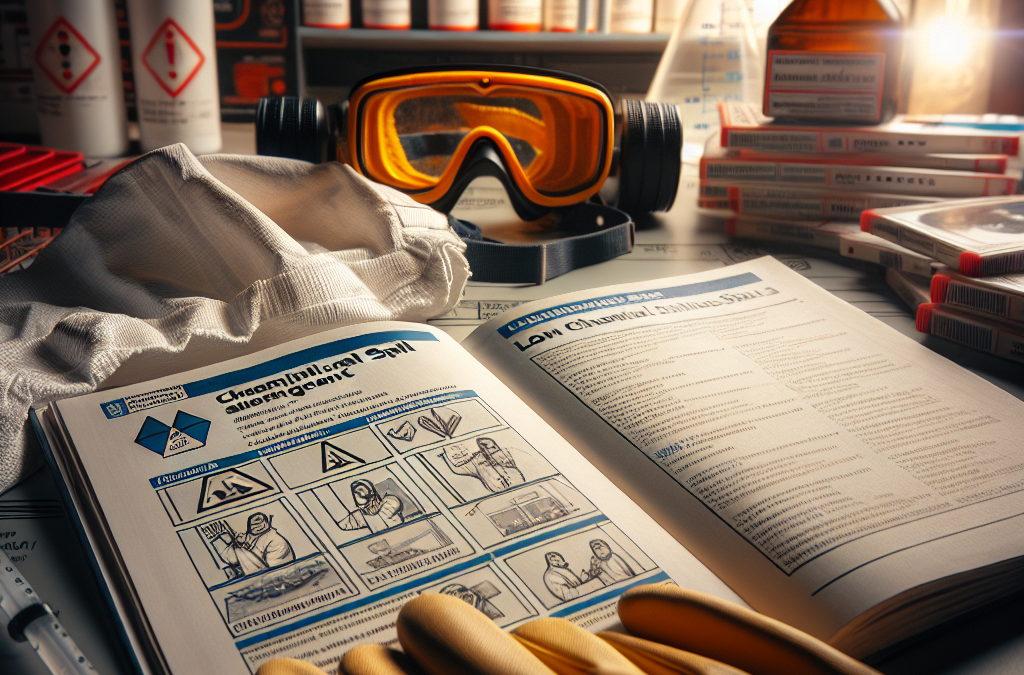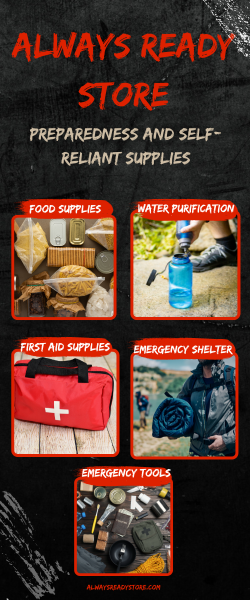Understanding Chemical Spills
What Are Chemical Spills?
So, let’s kick things off by defining what a chemical spill really is. In simple terms, it’s when harmful substances leak out of their containers, often leading to contamination and safety hazards. Chemicals can range from household cleaners to industrial solvents, and when it spills, it can create tricky situations.
I’ve had my fair share of experiences with this. Once, I spilled a small bottle of bleach at home. The panic that ensued was unreal! The important takeaway is that no matter the size, always treat any spill seriously. They can escalate quickly if you’re not prepared.
Understanding the danger levels is crucial. Some chemicals can be benign, while others might emit toxic fumes or pose fire hazards. Always check the material safety data sheets (MSDS) if they’re available. These sheets break down the risks and necessary precautions.
Personal Safety First
Assessing Your Environment
Before you even think about cleaning up that mess, you need to make sure your space is safe. Look for any signs of danger—fumes, unusual sounds, or even a strong smell. You should evaluate whether you can handle it alone or if you need to call for help. There’s no shame in asking for assistance!
Last summer, I was at a friend’s garage when a container burst and spilled all over. I remember feeling anxious, and instead of diving in, I took a step back to assess the surroundings. By doing so, I noticed some fumes hanging in the air and quickly made a mental note to get everyone away from that area.
Don’t underestimate the environment. Sometimes, just separating yourself and gathering the right tools can change the game. Planning your moves is essential for everyone’s safety, including yours. Wearing proper protective gear isn’t a fashion statement; it’s self-preservation!
Thank you for reading this post, don't forget to subscribe NOW for FREE!
Containment Measures
Act Fast to Prevent Spread
Once you’ve ensured your personal safety, it’s time to think about containment. Always have materials like spill kits handy—trust me, having these around is a lifesaver! They usually come equipped with absorbent pads and containment barriers that can help in a pinch.
I learned this the hard way during a small workshop where someone knocked over a container of paint. We scrambled for rags, but it was way too late, and we ended up with a mess that spread like wildfire. Just having a proper spill kit would have made life sooo much easier.
Also, if you’re working with liquids, remember to build a perimeter with absorbent materials. This helps contain the mess and prevents it from seeping into drains or other areas where it shouldn’t go. Quick thinking can save you from bigger headaches down the line!
Cleanup Techniques
Choosing the Right Cleanup Supplies
When it comes to cleanup, using the right materials is vital. Don’t just grab whatever’s lying around! Choose absorbent pads designed for the specific type of spill you’re dealing with. For example, oil spills require different cleaning agents than chemical spills do.
Thinking back, I remember tackling that bleach I spilled. I initially thought paper towels would do the job, but boy was I wrong! It spread and caused more harm. So, always keep specialty supplies on hand tailored to different kinds of spills.
Also, I’d recommend double-bagging any contaminated materials before you toss them out. You want to contain anything that could leak in the trash! It’s about being thorough and taking those extra steps to maintain safety.
Post-Cleanup Safety Precautions
Disposing of Waste Safely
The cleanup might be done, but your job isn’t over yet. Knowing how to properly dispose of hazardous waste is key. Always follow local regulations on chemical disposal; it varies from place to place. After all, we don’t want to make someone else’s job harder!
There was that time I was unsure about how to get rid of leftover paint thinner after a project. I Googled it, and thankfully found a local hazardous waste drop-off site. Weirdly satisfying to know that I did the right thing by not just throwing it in the regular trash.
Also, following up on the cleanup area is super important. Check for any lingering residues or smells after you think you’re done. Nothing beats that satisfying feeling of getting everything back to normal while keeping safety as a priority.
FAQ
1. What should I do immediately after a chemical spill?
The first thing to do is to ensure your safety. Evacuate anyone nearby and assess the situation. Use protective gear if necessary and check for any signs of danger, then start containment if it’s safe to do so.
2. Where can I find safety data sheets for chemicals?
Most manufacturers provide safety data sheets (SDS) on their websites. You can also find them through online databases and industry resources.
3. How can I prevent spills in the future?
Organizing your workspace and ensuring all containers are properly sealed can help. Regular training on safe handling procedures is also a solid prevention method.
4. What type of spill kit should I have?
Your spill kit should be tailored to the types of chemicals you use most frequently. Look for options that include absorbent materials, gloves, goggles, and bags for waste disposal.
5. Is it necessary to report all spills?
Depending on the severity and the type of chemical, yes. Reporting can help with monitoring and ensuring the safety of others, as well as prevent future incidents.






